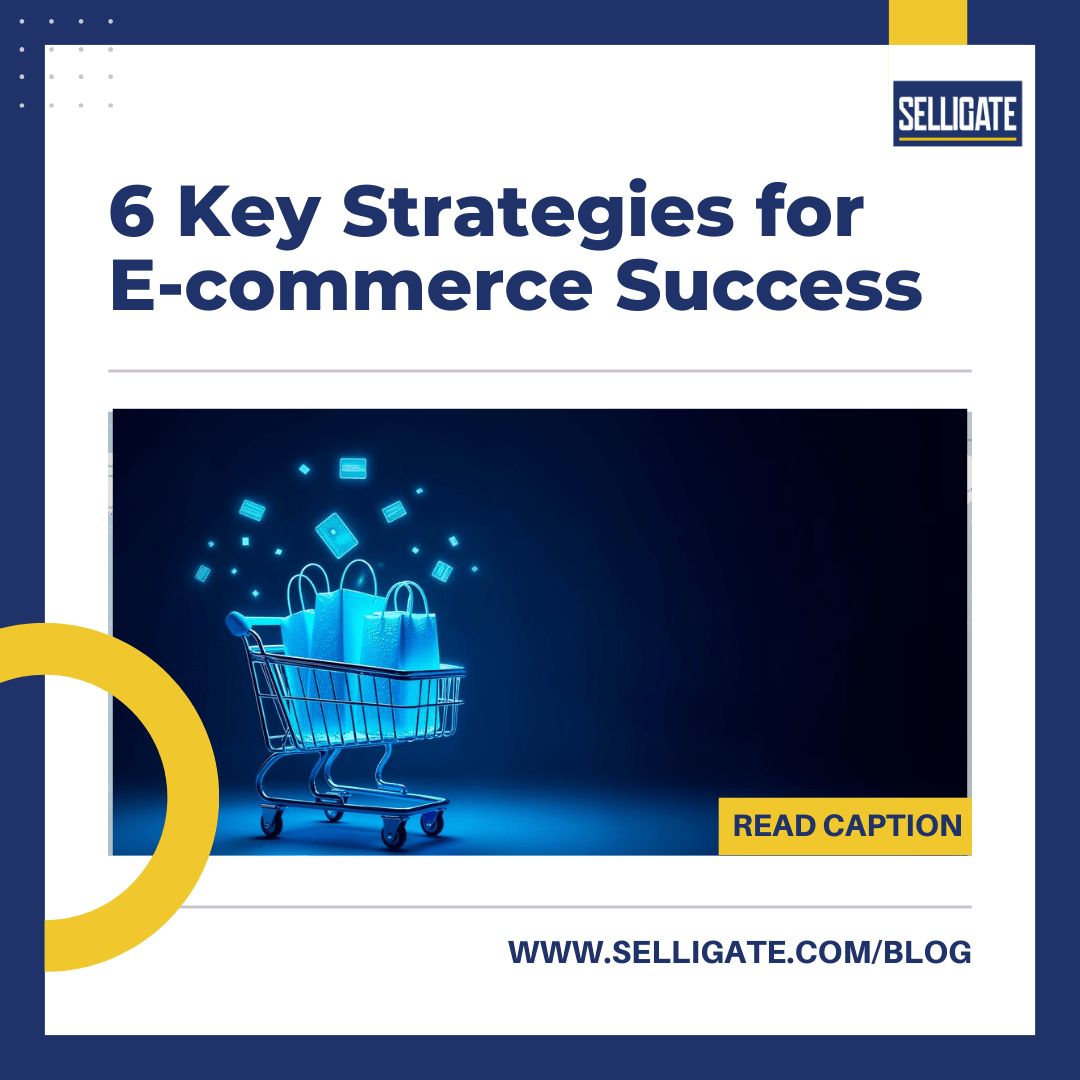
Logistics is the backbone that keeps everything running smoothly in e-commerce. Without efficient logistics, even the best-designed online stores and most sought-after products can fall short. It matters less, if you’re operating in Europe or America, mastering logistics and fulfillment is crucial for success. In this article, we have decided to inspect the key strategies that can make or break an e-commerce business.
How Far Has E-commerce Evolved?
In the early days of e-commerce, logistics was a relatively simple affair, with orders shipped via traditional postal services. As online shopping grew in popularity, however, the demand for faster and more reliable delivery methods increased. This led to the emergence of specialized logistics companies that could handle the increased volume of e-commerce orders.
The advent of the internet revolutionized the way consumers shop, making it possible to purchase goods from all over the world with just a few clicks. This increased competition among retailers, who realized that fast and efficient delivery was essential to attract and retain customers. As a result, logistics companies began to invest heavily in technology and infrastructure to improve their delivery times and services.
The rise of smartphones and mobile apps has further transformed e-commerce, allowing consumers to shop on the go and expect immediate gratification. This has put even greater pressure on logistics companies to deliver orders quickly and efficiently, often within a matter of hours or even minutes. Today, logistics is a critical component of the e-commerce ecosystem, and the ability to deliver products swiftly and reliably is essential for success in this competitive market.
6 Key Strategies for E-commerce Success
1. Logistics is Essential
Efficient logistics are the heart of e-commerce. They ensure that products move from warehouses to customers’ doorsteps seamlessly. Without a strong logistics strategy, delays, errors, and customer dissatisfaction are inevitable. In e-commerce, where competition is fierce and customer expectations are high, poor logistics can lead to lost sales and damage to your brand reputation. Therefore, investing in a robust logistics network is not just an option; it’s a necessity.
2. Focus on User Experience
User experience (UX) is a critical component of e-commerce success. A user-friendly interface makes it easy for customers to find and purchase products. However, UX extends beyond the website or app. It includes the entire shopping journey, from browsing to delivery. Fast delivery times, easy returns, and responsive customer service all contribute to a positive UX. In an age where consumers expect instant gratification, providing a seamless and enjoyable shopping experience is key to building customer loyalty and driving repeat business.
3. Prioritize Security
Security is paramount in e-commerce. With the increasing prevalence of online transactions, protecting customer data is more important than ever. Implementing strong encryption, secure payment gateways, and regular security audits can help prevent data breaches and fraudulent activities. Customers need to trust that their personal and financial information is safe when shopping on your platform. By prioritizing security, you not only protect your customers but also build a trustworthy brand.
4. Optimize Logistics and Fulfillment
Effective logistics and fulfillment management are crucial for meeting customer expectations. This involves managing inventory, processing orders efficiently, and ensuring timely shipping. Automation and technology can play a significant role in optimizing these processes. For instance, using a warehouse management system (WMS) can help track inventory levels in real-time, reducing the risk of stockouts or overstocking. Additionally, implementing order management software (OMS) can streamline the order fulfillment process, ensuring that orders are picked, packed, and shipped accurately and on time.
5. Embrace Omnichannel Strategies
In today’s digital age, customers interact with brands across multiple channels, both online and offline. Embracing an omnichannel strategy means integrating these channels to provide a seamless customer experience. This can include offering services like buy online, pick up in-store (BOPIS), or enabling customers to return online purchases at physical store locations. An effective omnichannel approach not only enhances the customer experience but also increases sales opportunities by meeting customers wherever they are in their shopping journey.
6. Balance Local and Global Markets
Expanding into new markets can be a great opportunity for growth, but it’s important to strike a balance between local and global markets. Assess the market potential in each region and prioritize based on demand and cost-benefit analysis. In some cases, it may be more advantageous to focus on a strong local market presence before expanding globally. On the other hand, tapping into global markets can offer access to a larger customer base and diversify revenue streams. Weighing the pros and cons of each market will help you make informed decisions about where to allocate resources.
How Selligate’s Application Can Help
For e-commerce companies in Europe and America, managing logistics and fulfillment effectively can be challenging, especially when dealing with cross-border shipping and different regional regulations. This is where Selligate’s application comes into play. It offers a comprehensive solution for streamlining order fulfillment, ensuring swift and accurate delivery to customers.
Selligate’s application provides real-time inventory management and order processing. By automating key aspects of the logistics process, Selligate helps businesses reduce errors, minimize delays, and improve overall efficiency. This means customers receive their orders faster, enhancing their shopping experience and increasing the likelihood of repeat purchases.
Additionally, Selligate provides valuable insights into logistics performance, helping businesses identify areas for improvement and optimize their fulfillment strategies. With its user-friendly interface and robust features, Selligate is an invaluable tool for e-commerce companies looking to stay competitive in the European and American markets.
Conclusion
Efficient logistics and fulfillment are essential for success. By focusing on user experience, prioritizing security, optimizing logistics, embracing omnichannel strategies, and balancing local and global markets, businesses can meet and exceed customer expectations. Leveraging tools like Selligate’s application can further streamline operations, ensuring swift and accurate order fulfillment. Ultimately, a well-executed logistics strategy not only drives sales but also builds customer trust and loyalty, setting the stage for long-term success.

